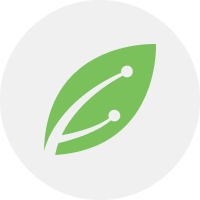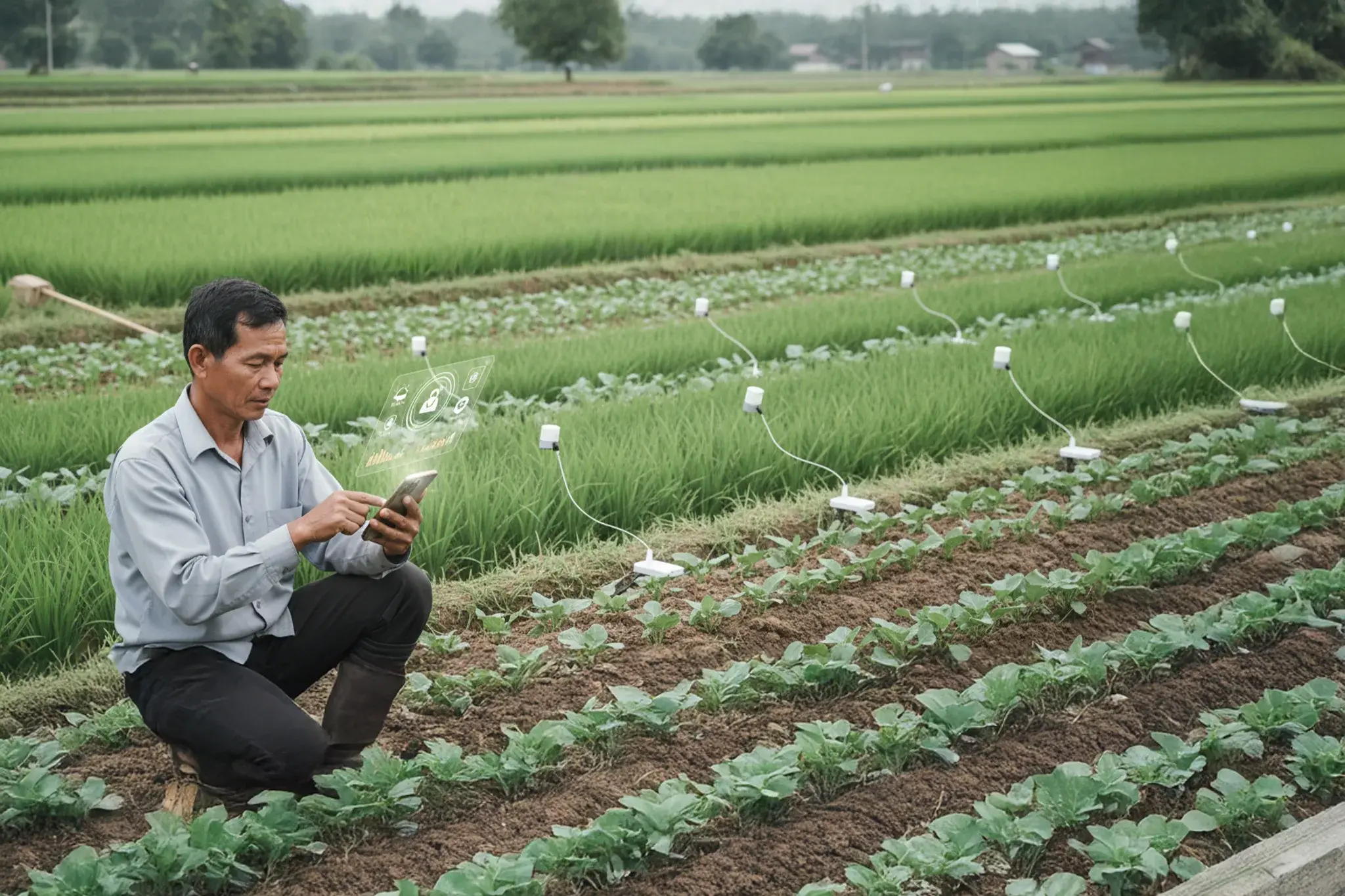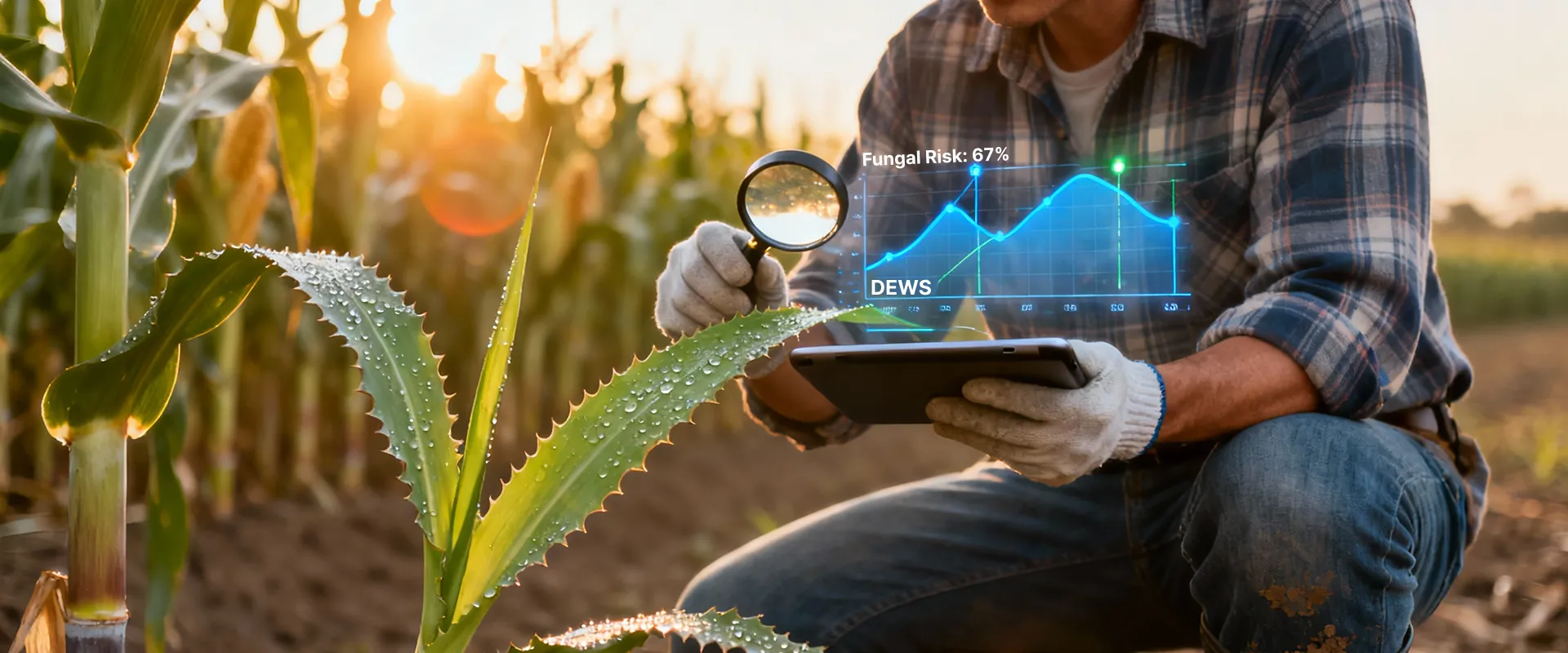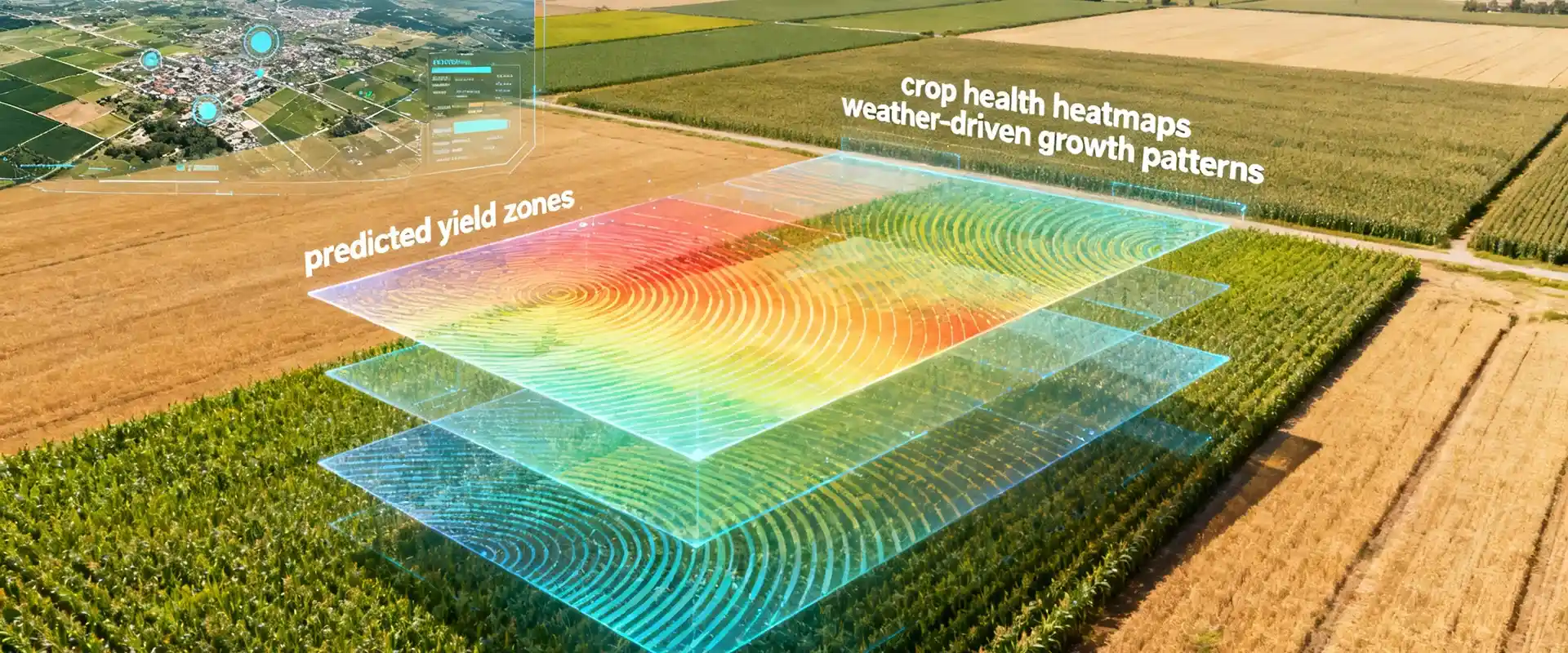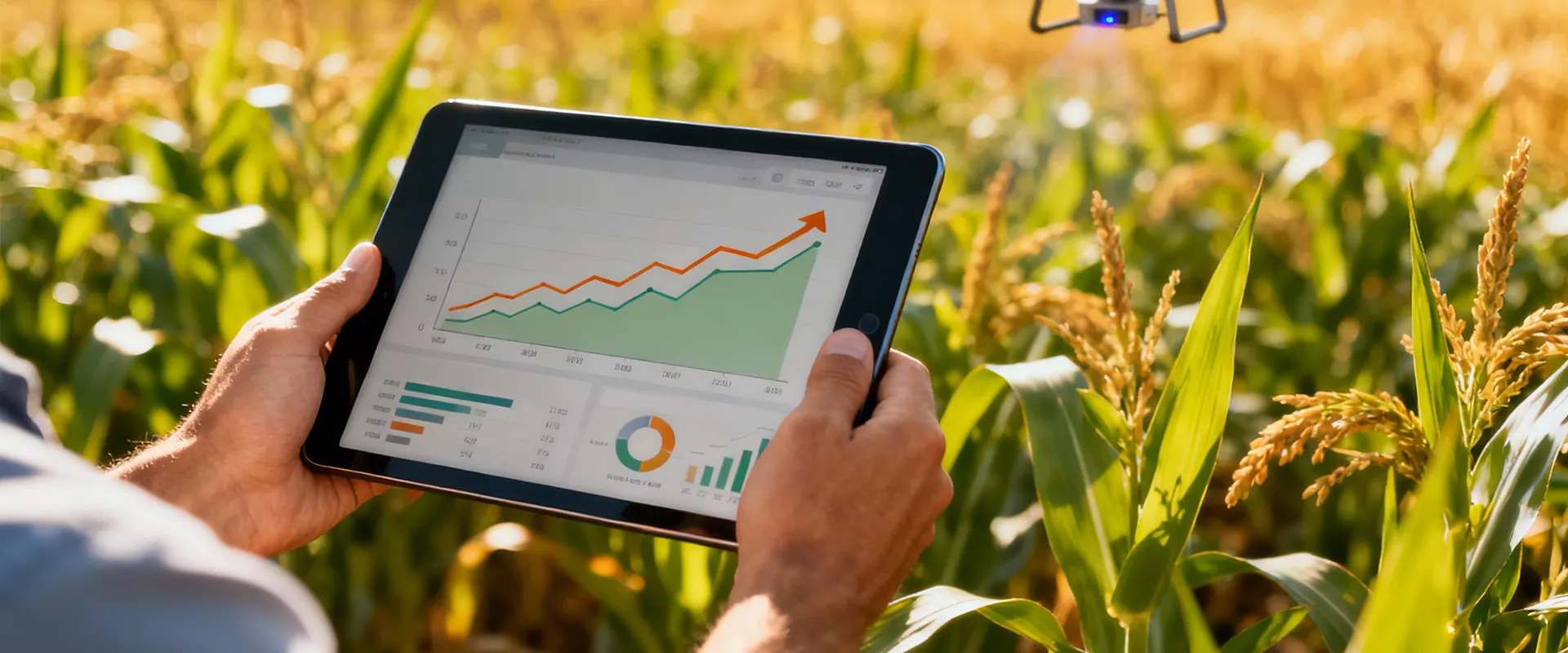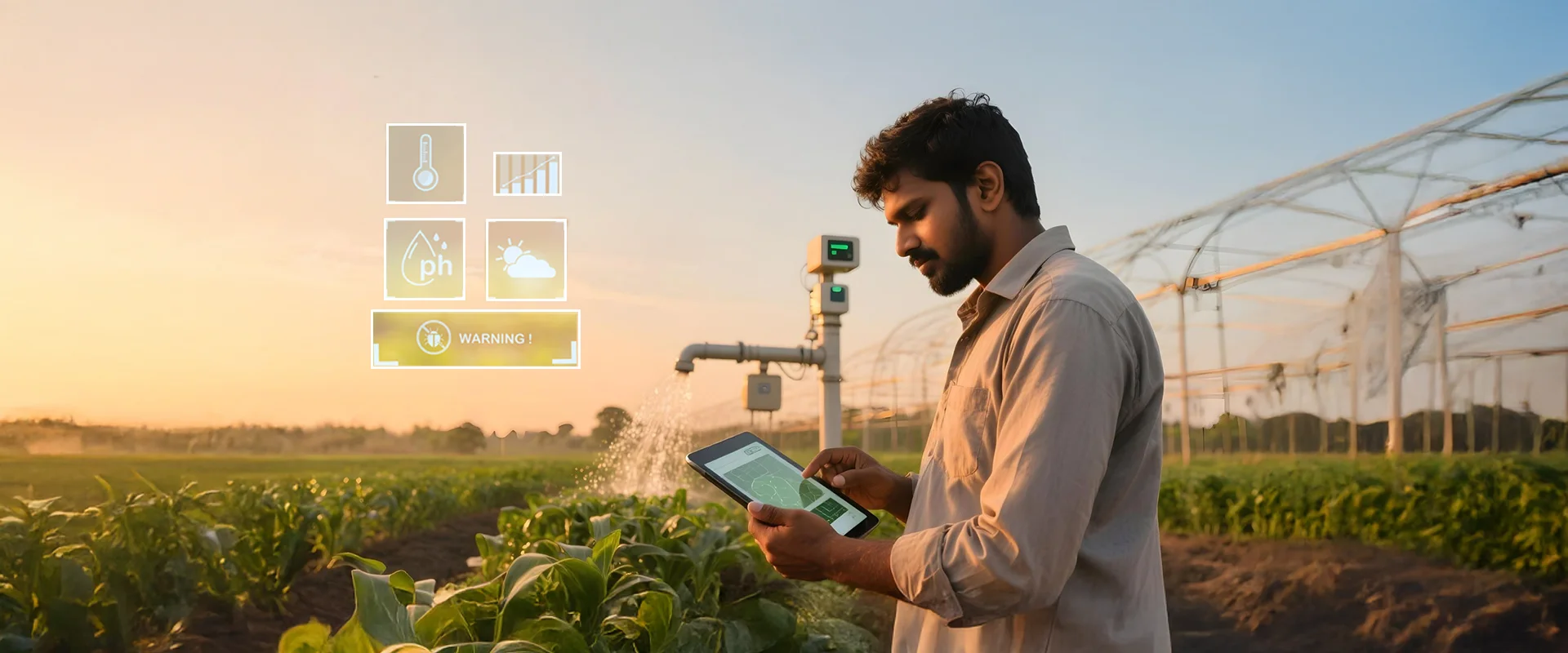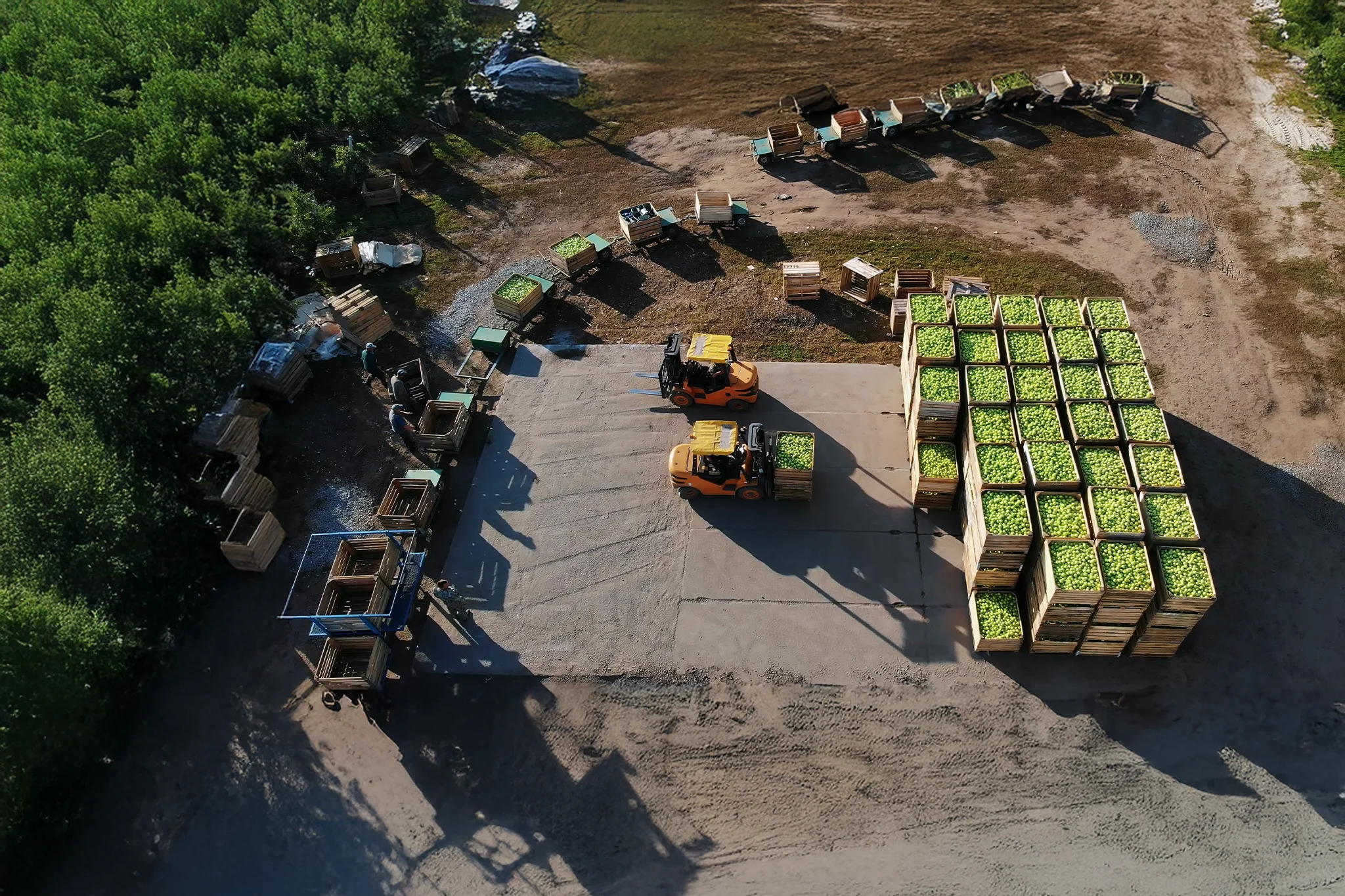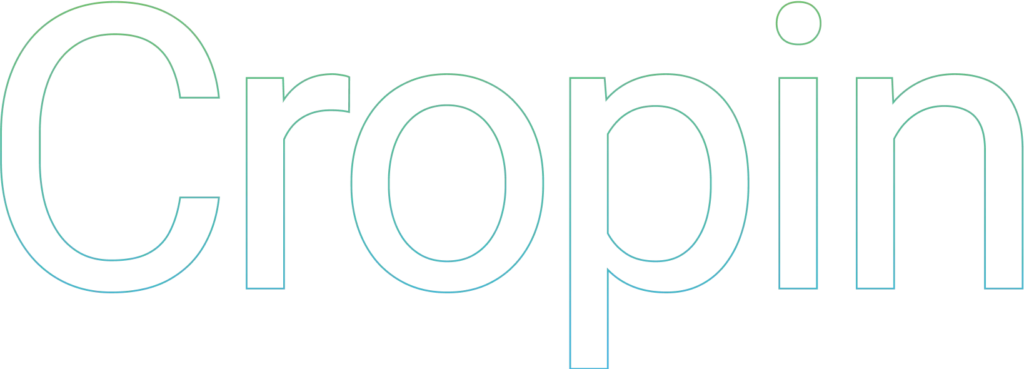An overview of digitalization
With advancements in AI, the data analysis capabilities have improved so that all the appliances in our house can be managed by a virtual assistant that can understand human voice commands and respond. Proving to be a boon to every sector, digitalization in agriculture is also slowly revolutionizing this vast and complex sector that remains the center of the world economy as still over 60% of the global population depends on it for survival.
Introduction to digital farming
Digital farming can be defined as the use of technology by farmers to integrate financial and field-level records for complete farm activity management.
According to a paper by the Direct Line Group,
“Digital Farming is the consistent application of the methods of precision agriculture and smart farming, internal and external networking of the farm and use of web-based data platforms together with Big Data”.
Data-driven decisions can maximize per-acre value.
Digitalization of farm data for actionable insights
Technologies used in digital farming
Digital Farming is the integration of precision farming and smart farming and is achieved through the implementation of intelligent software and hardware.
When hardware transfers data over a network they become ‘smart devices’ and become part of the Internet of Things (IoT). IoT in agriculture comprises the use of sensors, drones, robots, and cameras. Sensors, cameras, and robots are installed on the farms and record the data.
Drones in agriculture can be used as pay per services or can be bought and stationed on farms. The IoT equipment needs to be connected to an analytical dashboard for the analysis of data. IoTs are used for field-related data only. They can’t help manage the overall farm activities and show the data in terms of financial gains or losses. They are just data.
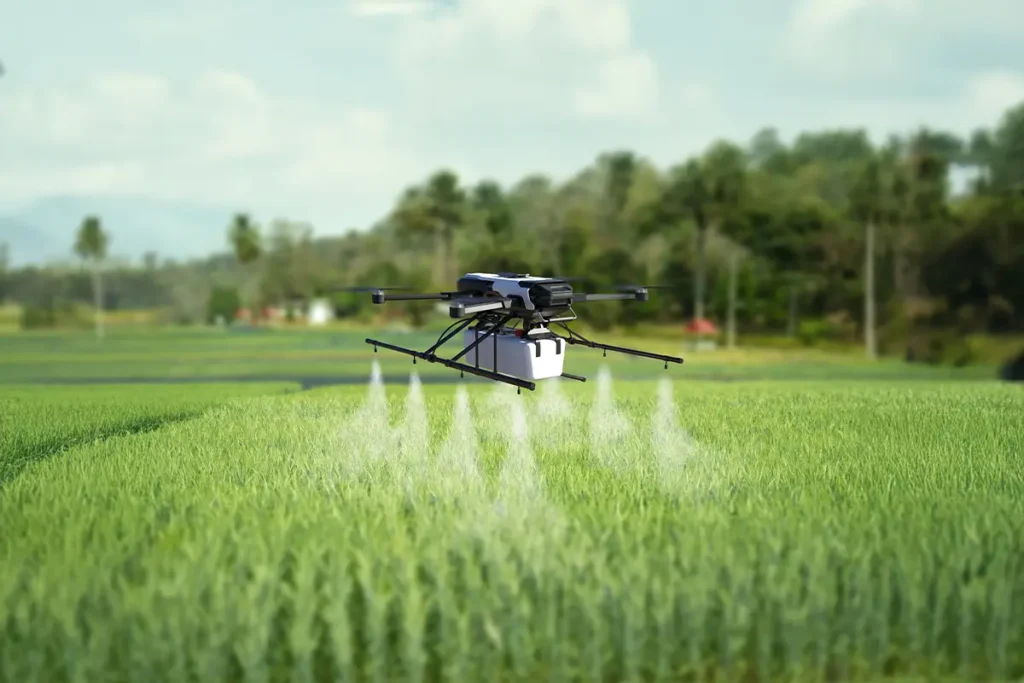
Software as a service (SaaS) is the more economical and scalable way to upgrade to digital farming. Leading Agri tech companies like Cropin utilize machine learning and satellite monitoring for performing predictive analysis and delivering customized reports and actionable insights directly to farmers’ screens. The intelligent agriculture cloud platform is gaining popularity pretty quickly among businesses as they can assess and manage their overall farm operations with one software and this is a low-risk investment with monthly and yearly subscriptions. Companies like Cropin are becoming one-stop solutions for driving Farm Management, Traceability, Sales Management, and Risk Management in the Agri sector.
Benefits of digital farming
Benefits of a digital agriculture solution for a food processing industry
- Incorporates end-to-end solutions from farm-to-fork
- Higher yields as inputs are optimized and constantly monitored
- Better quality due to compliance with food standards and nutrition tracking
- Less waste due to customized practices accounting for the precise application of resources and thus reducing production costs
- Supply chain management from farm to fork.
Below are some of the benefits of Cropin's digital farming solution
- Near real-time monitoring
- Standard package of practices
- Readily available and accessible management through smartphones and PCs
- Geotagging for accountability and accurate predictability
- Satellite and weather input-based advisory
- Robust and flexible system for farm management
- Alert log and management (pest infestation, diseases, etc.)
- Crop reports and insights- easy reporting on the go.
Many digital farming technologies can be expensive, which may be a barrier.
Challenges of digital farming
High cost of adoption
Many digital farming technologies can be expensive, which may be a barrier.
Limited access to technology
Training and knowledge
The digital farming solution
Cost of a digital farming solution
The cost of in-house development is almost 10 times or more than the cost of implementation of a SaaS Product. Further additional software infrastructure in terms of Servers, Maintenance, and Software Licenses (Microsoft, SQL, Google License, etc.) is a huge cost that the organization has to bear independently. At Cropin, the license and the cost are spread across hundreds of clients which makes it viable for all.
Data security & warehousing
Money value of time
The product development to implementation cycle for a product like basic crop management software can be between 12 to 24 months and the business would lose valuable time during the entire process. Farm management companies such as Cropin have a dedicated team to develop and maintain this product.
Changing industry & business needs
Valuable experience
Out-house management companies have a dedicated team for Project Implementation, Customer Success, and Data Science that have extensive experience and knowledge in successfully implementing products and solving the common challenges faced in the field. Cropin has developed intelligent Agri tech over the last 10 years through multiple iterations to make it user-friendly, consistent and robust which gives the users a great experience to easily use and benefit from it. Such a level of service will not be possible when developing an in-house digital farming solution.
Applications of Cropin's digital farming solution
Digital farming for multinational seed companies
Leveraging digital agriculture to help the seed value chain
Digital farming solution for seed research and development
Digital farming solution for seed production
Digitalization in the seed production phase-
Cropin Grow (SmartFarm) can be used by field agents to record the data on the field in an MIS for management to monitor activities from the head office. SmartRisk can be used in Crop growth detection, Crop health detection, and Crop stress detection. SmartPulse is designed specifically to be used by the management to monitor the location of your field agents.
Digital farming solution for seed processing and tracking
Digital farming solution for seed distribution and sales
Seed Companies can manage their entire seed distribution and sales through Cropin. SmartSales can be used to manage the Market development team and Sales officers.
Digital farming- adding value to agri-lending and agri-insurance processes
The digital farming solution- questions we get asked
Why can’t I host a digital farming solution such as cropin’s on my own premise and on my own server?
Multiple licenses
Higher cost
Data security and maintenance
Third, the cost of data security and maintenance, data warehousing for analytics, etc would involve much higher costs in the long run.
The future of digital farming
The United Nations projects that by the year 2050 the population of the world will be 9.7 Billion. With the relevance of over 60 percent of the world population on agriculture for food, the pressure to increase production to meet demands doesn’t seem to ease. Coupled with climate change, which is leading to rising global temperatures, levels of carbon dioxide, and frequency of droughts and floods, along with increasing labor costs, high production costs, and unpredictability poses a major challenge to the future of agriculture. Hence, the goal is to adopt climate-smart agriculture and increase productivity sustainably. To increase sustainability a very precise and calculated set of practices designed specifically for a plot needs to be followed and to follow best practices data needs to be recorded and analyzed digitally.
